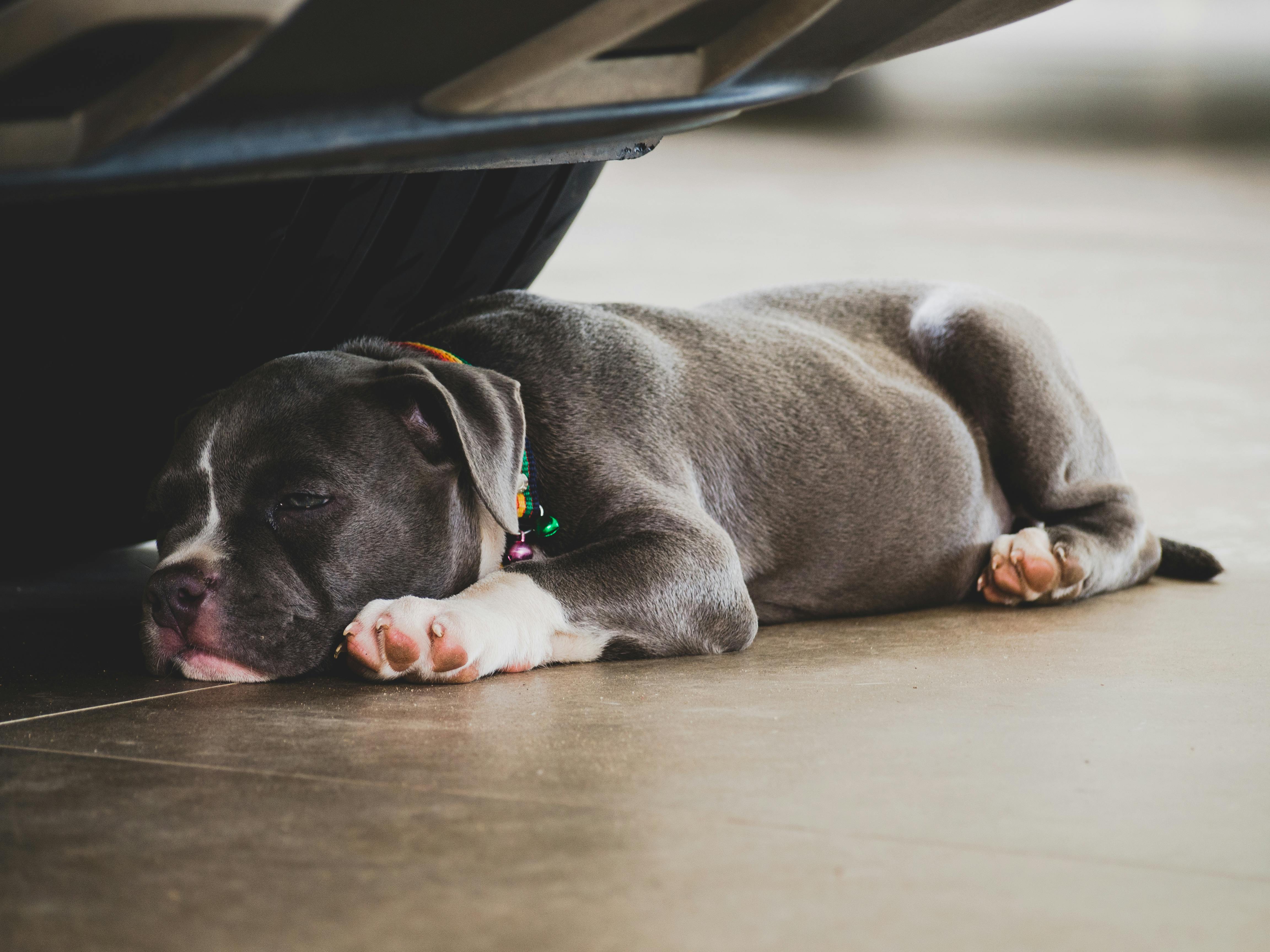
Why does my dog’s vomit smell like poop?
Most dog owners think that once their pup reaches a certain age; they don’t have to be so concerned about everything that goes into their mouths. Is not true! Although puppies and young dogs are the most common victims of intestinal obstruction, older dogs may also be at risk.
Keep in mind that if your dog’s vomit smells like feces, your dog is in a serious, life-threatening situation. What you smell is feces, which has accumulated and cannot pass normally due to a blockage!
Most common causes of intestinal obstruction
The main cause of this symptom is an obstruction or severe trauma to the lower gastrointestinal tract. The larger or more acute the obstruction, the more risk your dog faces for perforation, rupture, and peritonitis.
Veterinarians have removed an extraordinary variety of objects from the intestines of our canine companions! They include, but are not limited to, coins, headphones, retainers, marbles, socks, T-shirts, batteries, rawhide, unchewed crackers, bones, plastic wrap, aluminum foil, children’s toys, string, string, canes, balls . (including a whole golf ball!), towels, lumber, blankets, toy stuffing, kitty litter, yarn, pins, jewelry, and nails/screws,
Signs and symptoms
Symptoms usually appear within 7 hours of ingesting the item. However, in some cases it may take days before you notice that there is a problem. The most common warning signs that something is wrong are intermittent vomiting, diarrhea, dehydration, poor appetite, pale gums, bleeding, weakness, lethargy, electrolyte imbalance, shock, and possibly death.
Owners often have a false sense that the blockage has passed if their pet has diarrhea. Do not be fooled. Diarrhea can clear up a blockage.
As a general rule, upper GI obstructions often cause projectile vomiting.
Lower GI obstructions commonly cause a distended abdomen and vomiting that smells like feces.
Intestinal strangulation blocks the flow of oxygen and blood, causing gangrene of the intestines.
Death can occur in a matter of hours.
Diagnosis/Prognosis
The sooner your pet is examined and the object removed, the sooner the recovery process will begin. Your vet will examine your dog by feeling the abdominal area to check for bloating and tenderness. They will examine the gums to see if they are pale. They may suggest an x-ray to identify the item and locate the blockage.
Depending on the severity of the obstruction, or if there are complicating factors such as perforation, rupture, peritonitis, or necrosis, most dogs recover fairly quickly.
deals
Treatment usually depends on the size, shape, length of time the object has been swallowed, and whether there is any rupture or perforation. Treatment to remove the object could be as simple as having your vet induce vomiting or remove the object with an endoscope. Do not try to induce vomiting yourself.
Your dog is most likely dehydrated. Your vet may use intravenous therapy to rehydrate and antibiotics to prevent secondary infection. They will most likely also recommend rest and a liquid or soft diet, before moving on to your dog’s regular diet.
If the object has passed your dog’s pylorus (where the stomach connects to the small intestine), surgery is required. The postoperative period requires rest, intravenous therapy, antibiotics, and observation for leaks, followed by a liquid diet, soft foods, and a regular diet. They will probably need to stay at the animal hospital for a day or two after surgery.
Bottom line: always check what’s in your pup or dog’s mouth! Monitor what your dog chews, especially if they are aggressive or obsessive chewers. If the object is small enough to get caught in your throat, throw it away! If you know they are crafty thieves, make sure items they shouldn’t have access to are out of their reach. Don’t risk it, if your vomit smells like poop, get help right away!